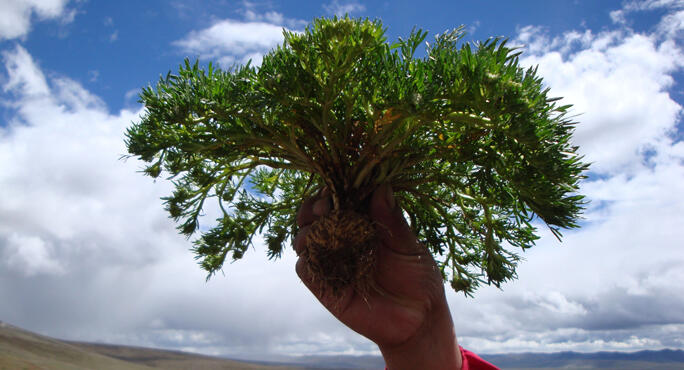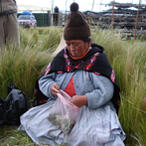Photo by: Chris Kilham © 2010
I have had an intimate relationship with maca dating back to 1997. Maca is a highly valuable crop to the people of the central highlands of the Peruvian Andes. These photos capture a little slice of maca country.
|
Backyard Flower Garden, Tarma
|
Fresh Maca, Peruvian Andes
|
Santiago with Organic Maca Seeds
|
|
Dona Lucy and Sergio
|
Zoe with Maca Country Lamb
|
Dona Lucy
|
|
Chris, Dona Lucy, Sergio, and Dona Sophia
|
Chris with Dona Sophia
|
Dona Sofia
|
|
Reading Coca Leaves
|
Maca Country Baby on Back
|
Bags of Maca, Ready for Market
|
Maca grows in a limited geographic area in Peru at elevations between 10,000 and 15,000 feet. The primary area of maca cultivation is the Junin plateau, where approximately one thousand acres of maca are grown annually, mostly in small family plots. The Junin plateau is legendary for its hostile conditions. Temperatures often plunge below zero, snow is common in summer, the air is oxygen-thin, and the rocky soil supports very little plant life. Maca is unusually frost-resistant, and thrives in bad conditions. To learn more about this fascinating plant, read our Maca Botanical Sheet.



